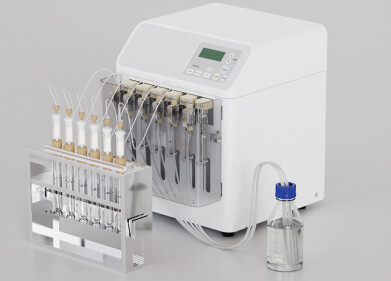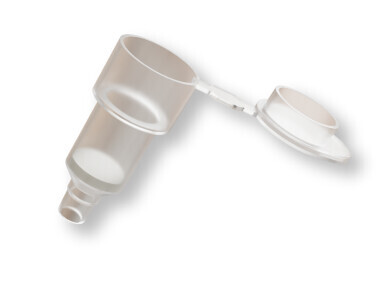Sample preparation
Why is Sample Preparation Important?
Jun 18 2022
Sample preparation is vital if you want to achieve the best analytical results from chromatography analyses. But why exactly? In this post, we’ll discuss why sample preparation is actually important by looking at its main purposes.
Sample preparation – what’s the point?
Broadly speaking, the purpose of sample preparation is to improve the quality or suitability of the sample and, in turn, improve the subsequent analytical results. However, this can be broken down into some more specific aims…
- Removing interferences from a given sample with a view to increasing selectivity during separation and detection.
- Increasing the concentration and sensitivity of the analyte.
- Converting analytes into a more suitable form for detection, separation or determination.
- Applying reproducible techniques which can be used for all variations of a sample matrix.
- Facilitating smaller sample sizes for trace analysis.
- Attaining higher selectivity and specificity.
- Reducing manual procedures by enabling online techniques and automation.
- Reducing the use of organic solvents.
- Reducing waste production.
The importance of sample preparation
We’ve outlined the different goals sample preparation can work towards. But why does it matter? Above all else, it comes down to quality. To understand this importance a little more, it’s worth considering how samples are made up…
Samples can be broken down into the matrix and the analyte. The matrix is the sample as a whole, which is going to be analysed. It contains various elements along with those (or that) which you’re analysing – and those other elements can (and will) interfere with your analysis and results.
The analyte (or analytes) is the component (or components) that you’re analysing. Sample preparation is important because it makes the matrix more suitable for analysis in a number of ways:
- Releasing analytes from the matrix
- Removing interfering elements
- Concentrating the matrix if analyte levels are too low based on the detection limits of your analytical technique.
- Diluting the matrix if analyte levels are too high based on the detection limits of your analytical technique.
- Chemically altering analytes (derivatisation) if sensitivity needs to be improved.
By improving the sample in these ways, you can improve accuracy, reduce the risk of distortion and minimise the chance of contamination during analysis. Despite seeming like a small additional step, sample preparation can have a huge impact on the end results of analyses. As such, it’s considered the most important step for any analytical procedure.
If you’d like to dig deeper into the world of sample preparation, read about the complications when performing it for in-field analysis, in the article ‘Novel Coiled Microextraction Sampling Device used for Field Sampling of Illicit Drugs of Abuse and Analysis by Micro Gas Chromatograph/Mass Spectrometer’.
Events
May 18 2025 Tempe. AZ, USA
May 21 2025 Birmingham, UK
Jun 01 2025 Baltimore, MD, USA
Jun 15 2025 Bruges, Belgium
Jul 14 2025 Kuala Lumpur, Malaylsia














